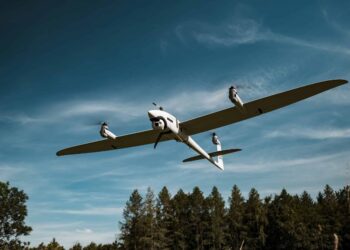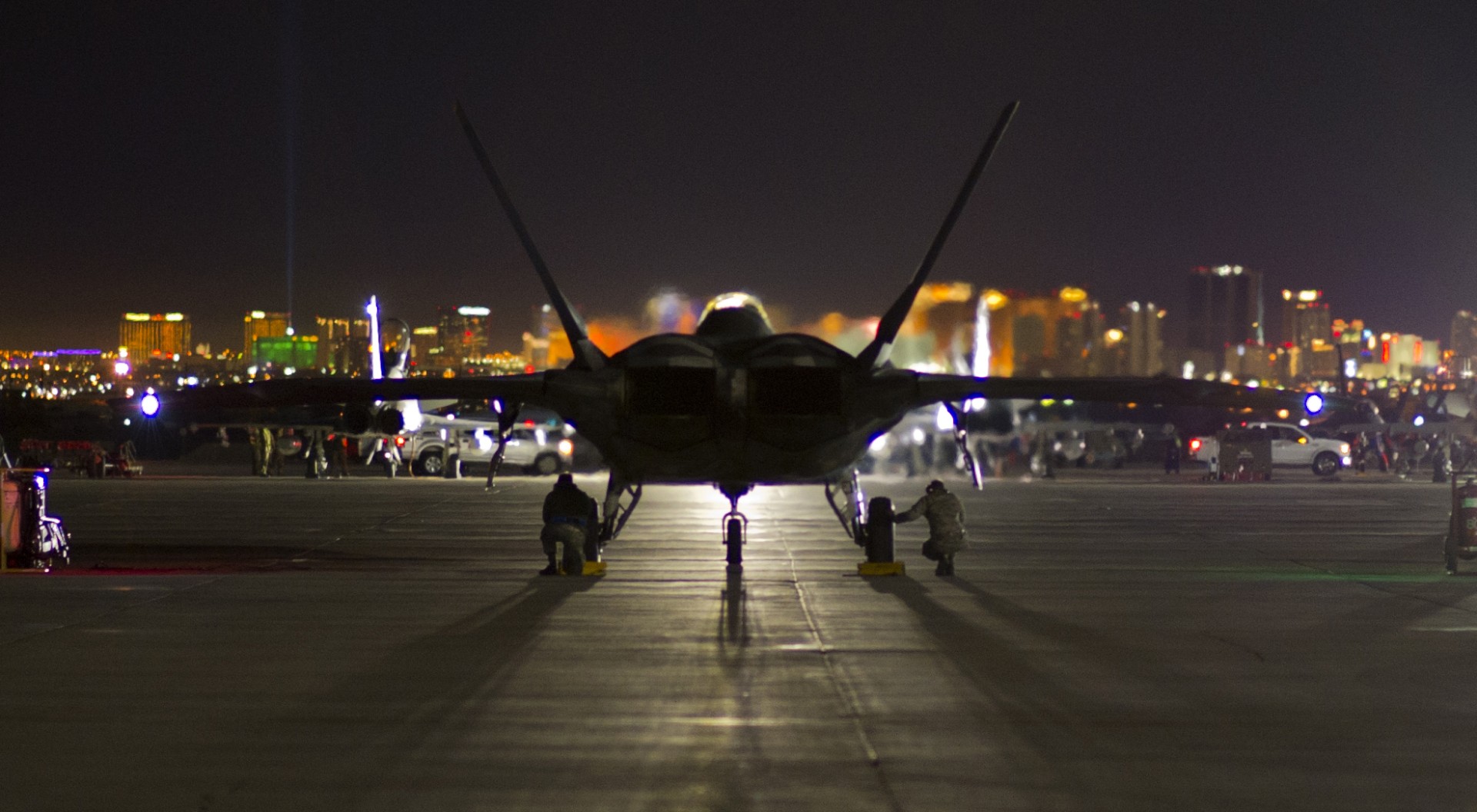NAVAL AIR SYSTEMS COMMAND: The Navy has certified the F/A-18E/F Super Hornet to fly higher, between 29,000 and 41,000 feet.
These altitudes were usually reserved by the Federal Aviation Administration (FAA) for commercial airliners in airspace called Reduced Vertical Separation Minimum (RVSM) airspace. This certification culminates a three-year process involving numerous agencies; military, federal and private industry.
The certification process reached its conclusion during a certification ceremony held Nov. 4 when Capt. Ralph Portnoy, Air Combat Electronics program manager here, signed the document certifying that all Super Hornets produced from Lot 22 and beyond, approximately 340 aircraft, are RVSM qualified. The authorization to file and fly RVSM was delayed until July 9 to ensure training and Naval Air Training and Operating Procedures Standardization (NATOPS) manuals were appropriately updated.
“It’s great seeing all of the hard work done by the 209/265 Government/Industry Team get implemented. This effort will directly support our warfighters by addressing a clear operational need. RVSM certification saves precious fuel and reduces Fleet operating costs which is exactly the direction we all need to be heading,” said Capt. Ralph Portnoy, Air Combat Electronics program manager, PMA-209.
The Commander, Naval Air Forces (CNAF) estimates that this certification to fly at these altitudes could save the Navy approximately $250,000 per year per squadron in fuel costs.
RVSM qualification efforts for the entire F/A-18 community continue. The team, lead by Mr. Dave Staso, PMA-209 Communication, Navigation Systems/Air Traffic Management (CNS/ATM) Integrated Program Team Lead and by PMA-209’s Navigation and Sensor Deputy Program Manager, Mr. Walt Gillette, is currently working the certification for the EA-18G Growler and the F/A-18C/D Hornet. Plans are also in place to certify the F/A-18A+.
The RVSM technical requirements are defined in a Functional Requirements Document (FRD) authored and published by the CNS/ATM Integrated Program Team in Air Combat Electronics.
The first step in the certification process involved a Boeing Company evaluation of the Super Hornet to satisfy the rigors required by the FRD. Their analysis was published in late 2006 acknowledging the precision of the altimetry system. The successful completion of the analysis led to step two in the process, the development of Air Frame Bulletin (AFB) 637.
AFB 637 was used to validate and verify the configuration of the Super Hornets that were required to complete step three of the process, FAA-monitored flights that verified the accuracy of the altimetry system.
CNAF designated the aircraft to be inspected and monitored and operational squadrons flew the missions. Unfortunately, operational commitments precluded an adequate number of monitoring flights. At this point, the Hornet/Super Hornet program office (PMA-265) and Air Combat Electronics (PMA-209) visited the Defense Contract Management Agency (DCMA), St. Louis, Mo., to request their help in order to complete the necessary monitoring flights.
Of the 29 required flights, DCMA flew the final three during Super Hornet delivery flights. The FAA evaluated every monitoring flight, thereby confirming the Boeing analysis and verifying the accurate altimetry system of the Super Hornet.
In 2005, the FAA reduced the separation between aircraft flying in opposing directions from 2,000 feet to 1,000 feet at altitudes between 29,000 and 41,000 feet. Based on FAA regulation, aircraft flying in this reduced separation airspace require dual altimetry systems, a rule that nearly eliminated all military fighter aircraft.
The Department of Defense, realizing a drastic increase in fuel consumption for the fighter community, negotiated certification authority for aircraft with single altimetry systems provided that stringent technical requirements are satisfied. Based on FAA permission, the Navy began the certification process to prove the Super Hornet did indeed meet the technical requirements.
RVSM certification is just one of many civil requirements affecting naval aircraft that need the capability to fly in civil airspace throughout the world.









